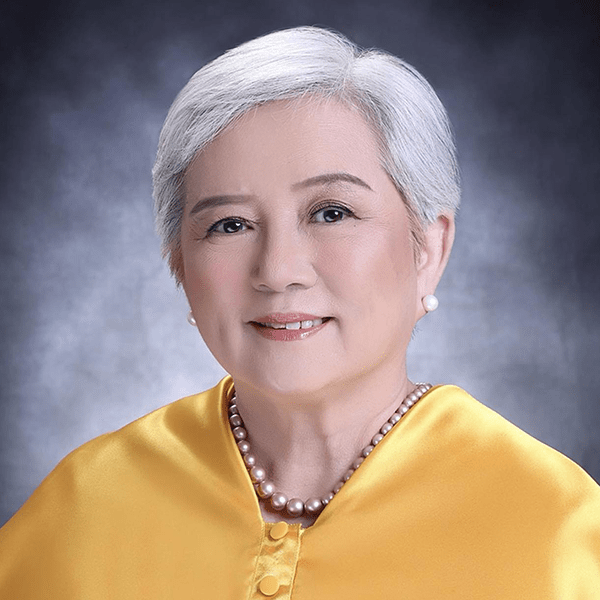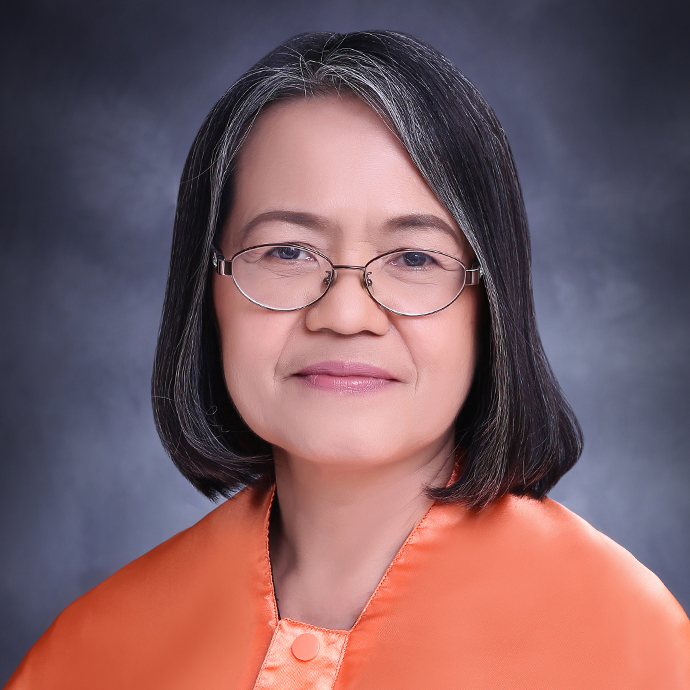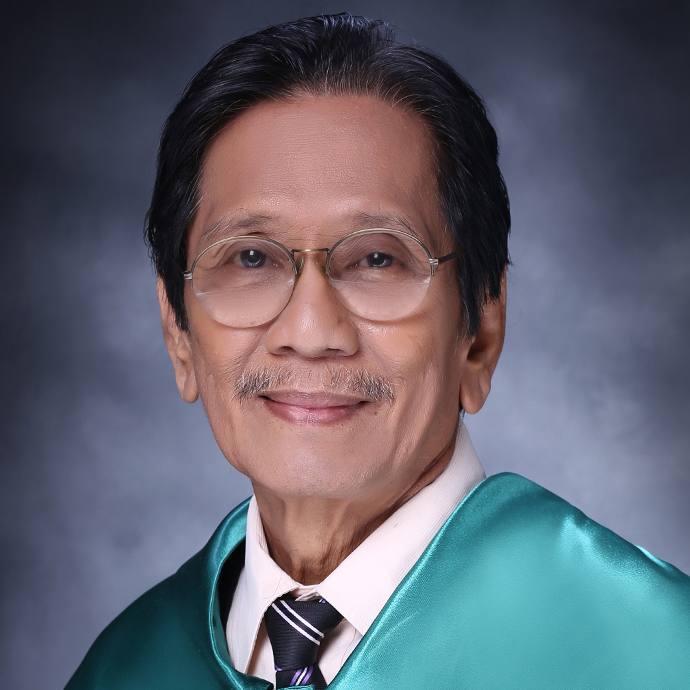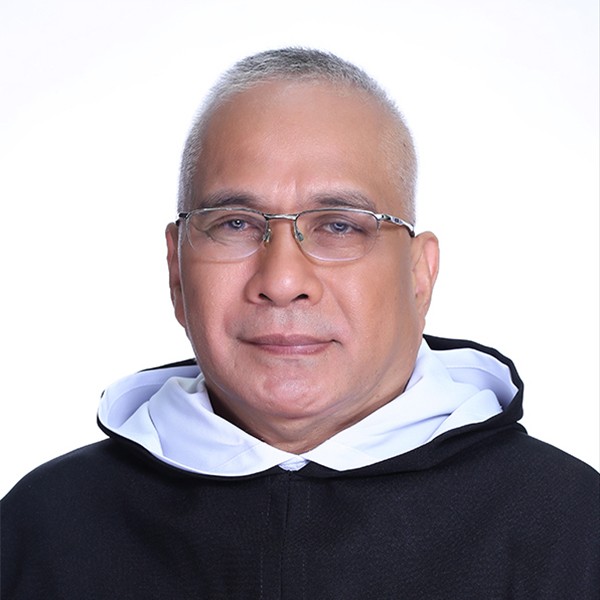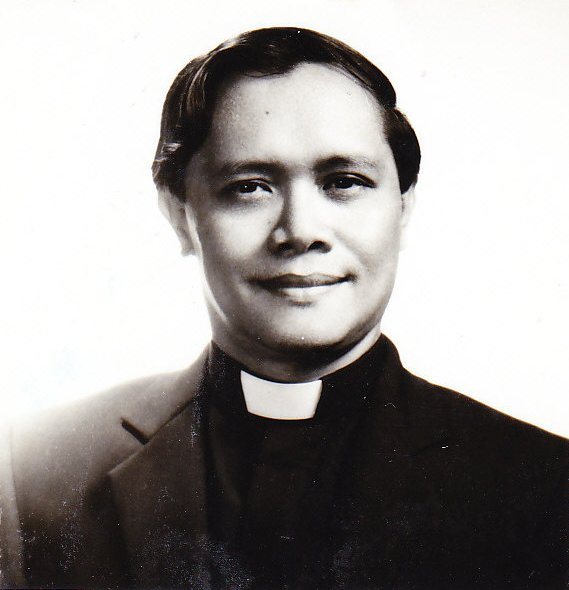Several BS Interior Design students of the College of Fine...
Read More
Announcements

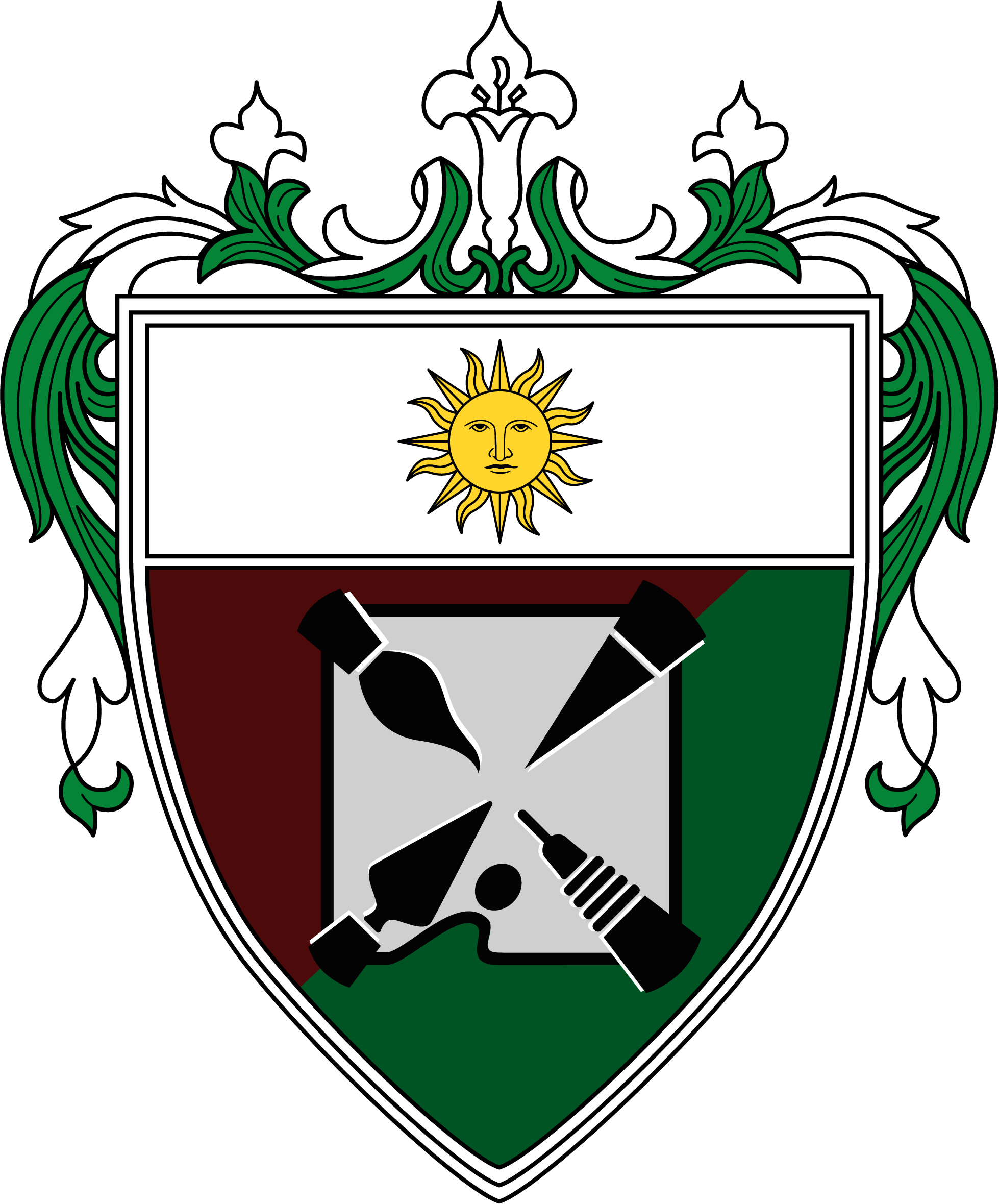
College of Fine Arts and Design (2000)

Send us your feedback
The College of Fine Arts and Design of the University of Santo Tomas envisions itself as a premier visual arts and design institution in Asia, committed to the professional and moral formation of her stakeholders for social transformation.
The Mission of the College of Fine Arts and Design is aligned with UST’s mission to generate, advance, and transmit knowledge to form competent and compassionate visual arts and design professionals, committed to the service of the Church, the nation, and the global community.
C – Creativity as a God-given gift
F – Faithfulness to what is good, beautiful, and true
A – Ardent desire for excellence
D – Dedication to the development of art and design
“The gift you have received, give as a gift.”
– Matthew 10:8
Several BS Interior Design students of the College of Fine...
Read MoreJapanese artist Masakazu Iwasaki staged his solo exhibition featuring the...
Read More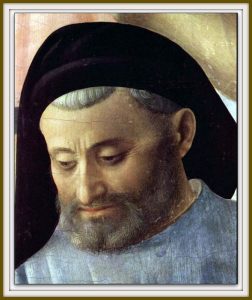
Patron of the UST College of Fine Arts and Designs
Feast Day: February 18
At the corner of España Boulevard and Padre Noval Street is an eight-storey edifice emblazoned with the name “Beato Angelico Building.” It houses the University’s visual artists hailing from College of Architecture and the College of Fine Arts and Design.
But who is Beato Angelico?
Prior to his beatification in 1982, Beato Angelico was known widely as Fra Angelico, literally, the Angelic Friar. Born Guido di Pietry, he was an exceptional early Renaissance painter whose works exuded calmness and profound religiosity.
The would-be Blessed Angelico entered a Dominican convent in Fiesole in 1418 and became a friar about seven years later. Apart from ministering to the faithful, he used his God-given talent for the visual arts by first serving as an illuminator of missals and other religious books. He later on advanced to painting altarpieces and other panels.
Angelico brought his art wherever he went: from Fiesole to Florence, and finally, to the Vatican.
Fra Angelico died on March 18, 1455, in a Dominican convent in Rome. His remains were buried in the Church of Santa Maria sopra Minerva. Five centuries later, now-Saint John Paul II beatified him on October 3, 1982, and declared him Patron of Catholic artists in 1984.
Source:
In this playlist, listen to some of the College’s academic staff and alumni as they share about their fields of expertise.

Asst. Prof. Mary Christie D. Que, LPT, MS
Dean
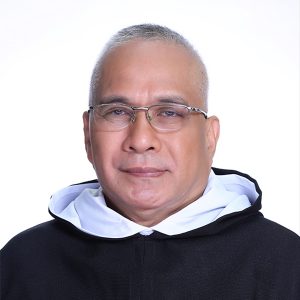
Rev. fr. Edgardo D. Alaurin, O.P., SThD,
Regent

Assoc. Prof. Jennifer S. Aguilar, DBA,
Assistant Dean
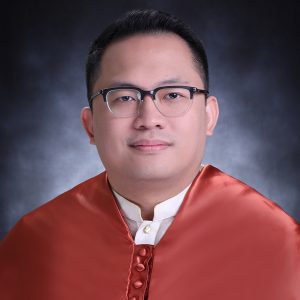
Inst. Raphael Emmanuelle V. Kalaw, MCHS
College Secretary

Asst. Prof. Mary Christie D. Que, LPT, MS
Chair (Ex-Officio)

Rev. fr. Edgardo D. Alaurin, O.P., SThD,
Member (Ex-Officio)

Assoc. Prof. Jennifer S. Aguilar, DBA,
Member (Ex-Officio)

Asst. Prof. Ma. Concordia Lucila S. Abella, MCHS
Member

Asst. Prof. Romano S. Macaisa, MFA,
Member

Inst. Raphael Emmanuelle V. Kalaw, MCHS
Secretary (Ex-Officio)

IDr. Louie T. Navarro, PhD
Research and Ethics Review Board

Asst. Prof. Ma. Victoria R. Flores, MFA
Textbook and Learning Materials
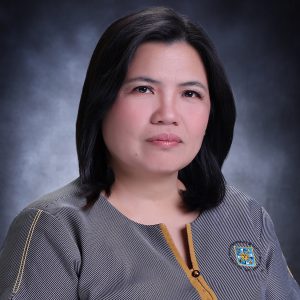
Ms. Catherine S. Tungul
Office Clerk

Mr. Gaspar A. Tolentino
Office Clerk

Ms. Carmen Yang
Office Clerk

Mr. Vincent D. Espiritu
Computer Laboratory Technician

Mr. Jousef Metra
Computer Laboratory Technician

Mr. Edgar T. Mora
Computer Laboratory Technician

Mr. Michael F. Pada
Computer Laboratory Technician

Mr. Allen Klyde S. Iradiel
Laboratory Assistant
The UST College of Fine Arts and Design traces its beginnings as a department of the Faculty of Engineering in 1935, although based on the accounts of Bazaco (1953:148), the University of Santo Tomas School of Drawing and Painting was established much earlier in 1785.
In 1946, the College of Architecture and Fine Arts (CAFA) was established, separating the disciplines under this College from the Faculty of Engineering. The programs of study classified under Fine Arts consisted of Painting and Sculpture. In 1952, courses in Advertising Arts and Interior Design were opened. In 1974, a two-year certificate course in Commercial Arts and in Furniture Design and Construction Supervision were also offered. In 1978, Industrial Design was added to these programs.
